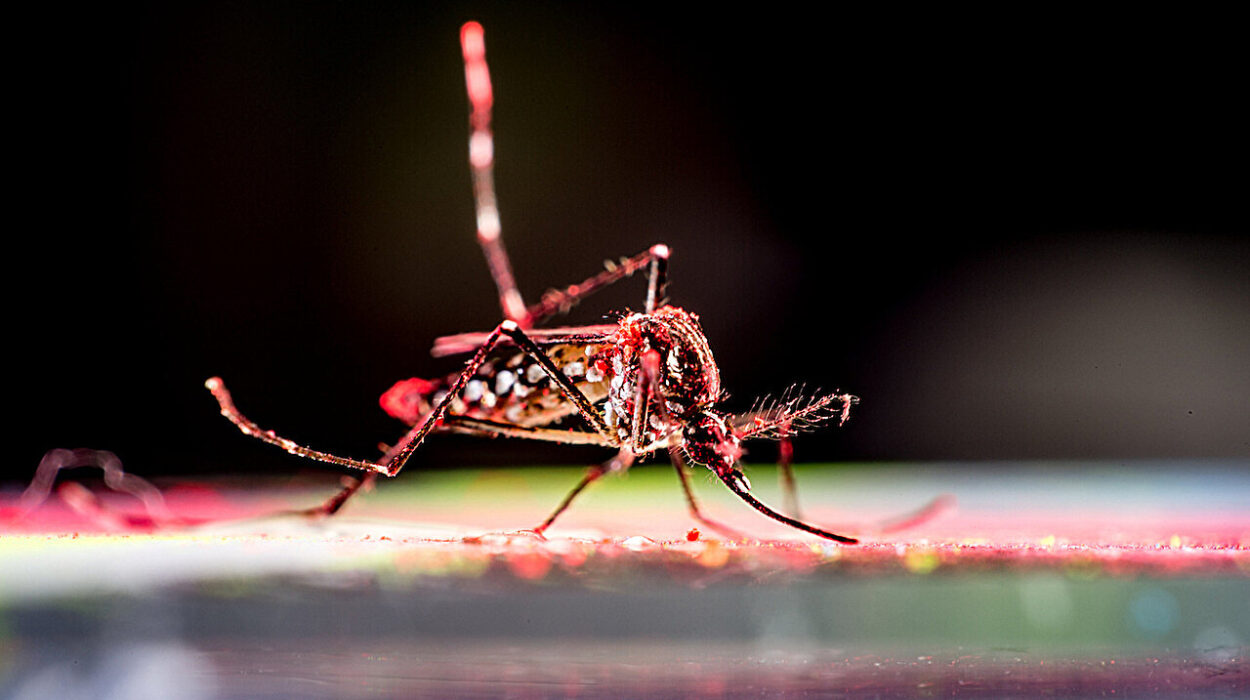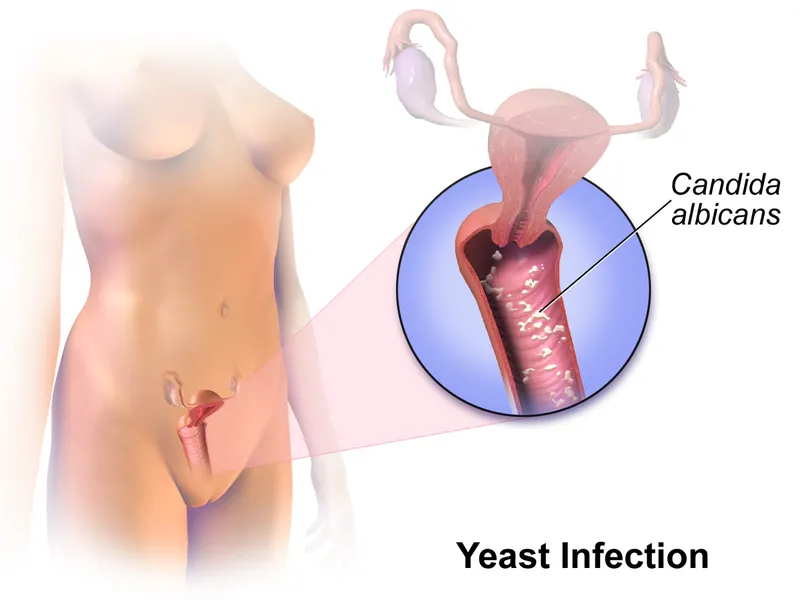Every day, all around the world, an invisible battle takes place. It’s not fought with guns or tanks, but with microscopes, data, statistics, and science. The battlefield isn’t a war zone—it’s your lungs, your blood, your cells, your cities. And the soldiers? They are epidemiologists.
Epidemiology is the science that helps us understand how diseases move through populations. It’s about who gets sick, how they get sick, and why. It’s the map to the hidden patterns of outbreaks and pandemics, the forensic investigation into how and where illnesses strike, and the blueprint for how we fight back.
In an age where global travel, climate change, and urbanization are reshaping human health, understanding epidemiology isn’t just for doctors or scientists. It’s for everyone. This field touches every part of our lives—from the flu we catch in winter to global pandemics, from cancer rates to mental health crises.
This article will take you deep into the world of epidemiology: its origins, tools, heroes, challenges, and its crucial role in protecting our health in the 21st century and beyond.
The Roots of Epidemiology: From Ancient Plagues to Modern Science
To truly understand epidemiology, we need to travel back in time—long before the term even existed.
In 430 BCE, a terrible plague struck Athens during the Peloponnesian War. The historian Thucydides, himself a survivor, wrote detailed observations about the symptoms and spread of the disease. Though he didn’t know it, Thucydides was practicing early epidemiology—careful recording of disease patterns to learn from them.
Centuries later, during the Black Death in the 14th century, physicians noted the links between crowded urban living and the spread of plague. The idea of contagion—that disease could pass from person to person—began to take hold, though it was still poorly understood.
It wasn’t until the 19th century, with the rise of germ theory, that epidemiology began to transform into a true science. Perhaps the most famous early epidemiologist was Dr. John Snow, a London physician who investigated a deadly cholera outbreak in 1854. By mapping cases and analyzing water sources, he identified a contaminated well on Broad Street as the source. His work didn’t just save lives—it helped launch the field of modern epidemiology.
From those early efforts, epidemiology has evolved into a sophisticated science, drawing on biology, statistics, sociology, geography, and computer science to understand and combat diseases at every scale.
Defining Epidemiology: What Is It Really?
At its core, epidemiology is the study of how diseases spread in populations and how we can control or prevent them.
But it’s more than just counting sick people. It asks big, critical questions:
- Who is getting sick?
- When and where is the disease happening?
- What are the risk factors?
- How does it spread?
- What interventions work?
- How can we prevent it in the future?
Epidemiologists don’t just focus on infectious diseases like COVID-19, influenza, or tuberculosis. They also study chronic diseases (like diabetes, cancer, and heart disease), injuries, mental health, and environmental health risks (like pollution or toxic exposures).
In short, epidemiology helps us see the patterns beneath the chaos, giving us the knowledge to make informed decisions about public health.
The Tools of the Trade: How Epidemiologists Work
So how do epidemiologists do their job?
They use a mix of data collection, statistical analysis, and fieldwork. Here’s a breakdown of the key tools and methods they use:
Surveillance
Disease surveillance is the cornerstone of modern epidemiology. It involves the continuous monitoring of public health data to detect outbreaks, trends, or unusual patterns.
Hospitals, clinics, labs, and governments contribute data on things like flu cases, food poisoning reports, or COVID-19 infections. This real-time information allows public health officials to respond quickly and contain outbreaks before they spread.
There are two main types of surveillance:
- Passive surveillance, where data is reported voluntarily or through routine processes.
- Active surveillance, where health officials proactively seek out data, sometimes even going door to door.
Study Designs
Epidemiologists use a variety of study designs to investigate disease:
- Descriptive studies describe the who, what, when, and where.
- Analytical studies explore the how and why—looking at potential causes and associations.
Common types of studies include:
- Cohort studies, which follow groups over time to see who develops disease.
- Case-control studies, which compare people with a disease to those without, to identify risk factors.
- Cross-sectional studies, which provide a snapshot of a population at a single point in time.
- Randomized controlled trials (RCTs), considered the gold standard, where participants are randomly assigned to treatment or control groups to test interventions.
Statistics and Modeling
Epidemiologists rely heavily on statistics to understand what the data means. They use statistical tests to determine whether observed differences are meaningful, or just random noise.
More recently, mathematical modeling has become a powerful tool. During the COVID-19 pandemic, for example, models were used to forecast spread, estimate the effects of social distancing, and guide vaccination strategies.
Modeling can also simulate what might happen under different scenarios—helping policymakers make better decisions.
Field Investigations
Sometimes, epidemiologists become disease detectives. During an outbreak, they may go into communities, hospitals, or even animal populations to trace the source, identify contacts, and recommend control measures.
This “shoe-leather epidemiology” requires a mix of science, intuition, cultural awareness, and good old-fashioned detective work.
The Chain of Infection: Understanding How Disease Spreads
To stop a disease, you must understand how it spreads. Epidemiologists often use the chain of infection model, which includes several key components:
- Infectious agent – the virus, bacterium, parasite, or fungus causing the disease.
- Reservoir – where the agent lives and multiplies (humans, animals, soil, etc.).
- Portal of exit – how it leaves the host (like through saliva, blood, or feces).
- Mode of transmission – how it gets from one host to another (e.g., airborne, direct contact, vector-borne).
- Portal of entry – how it enters the new host.
- Susceptible host – a person who can get sick if exposed.
Epidemiology seeks to break this chain—through vaccination, sanitation, education, isolation, and treatment.
Infectious Disease Epidemiology: When Outbreaks Strike
The most visible form of epidemiology happens during outbreaks and pandemics. Think SARS in 2003, H1N1 in 2009, Ebola in 2014, Zika in 2016, or COVID-19 in 2020.
In these moments, epidemiologists are on the front lines. They identify the disease, trace how it spreads, advise on control measures, and monitor its evolution.
For example, during the early stages of COVID-19, epidemiologists:
- Mapped the initial outbreak in Wuhan.
- Traced superspreading events.
- Estimated the virus’s reproduction number (R0).
- Modeled potential hospital surges.
- Analyzed vaccine trial results.
- Tracked variants like Delta and Omicron.
Their work directly influenced policies like lockdowns, school closures, mask mandates, and vaccine prioritization.
But infectious disease epidemiology isn’t just for crises. It also includes ongoing efforts like:
- Monitoring flu strains for annual vaccines.
- Tracking antibiotic resistance.
- Ensuring food and water safety.
- Investigating HIV, malaria, and tuberculosis trends.
Chronic Disease Epidemiology: The Long Game
Not all threats come fast. Many creep in silently, developing over years or decades. That’s the domain of chronic disease epidemiology.
This branch studies conditions like heart disease, stroke, diabetes, cancer, and chronic lung diseases. These are the top killers worldwide—not because they spread quickly, but because they affect large numbers of people and are deeply linked to lifestyle and environment.
Chronic disease epidemiologists explore questions like:
- Does air pollution increase asthma risk?
- How does diet affect cancer rates?
- What are the long-term effects of obesity?
- How does socioeconomic status relate to diabetes?
They also look at non-communicable risk factors, such as smoking, alcohol use, sedentary behavior, and high blood pressure.
Their work underpins public health campaigns—like anti-smoking laws, trans-fat bans, or dietary guidelines—and helps shape everything from urban design to food policy.
Social Epidemiology: The Human Factor
Health is not just biology. It’s shaped by social determinants—like income, education, race, gender, occupation, and neighborhood.
Social epidemiology explores how these factors affect who gets sick and who stays well.
Consider two people living in the same city. One has a safe job, good insurance, clean air, and healthy food nearby. The other lives in a polluted area, works two jobs with no sick leave, and faces daily discrimination. Their health outcomes will likely be very different.
Social epidemiologists study these inequalities. They ask:
- How do racism and poverty affect mental health?
- Why do some neighborhoods have higher infant mortality?
- What role does housing play in chronic disease?
By shining a light on these issues, social epidemiology drives policies aimed at health equity—ensuring that everyone has a fair chance at a healthy life.
Environmental and Occupational Epidemiology
This field studies how our surroundings—and our jobs—affect health.
Environmental epidemiologists investigate things like:
- Air and water pollution
- Lead poisoning
- Pesticide exposure
- Climate change impacts
Occupational epidemiologists focus on risks in the workplace, such as:
- Asbestos-related lung disease
- Repetitive stress injuries
- Chemical hazards in factories
Their research has led to massive public health improvements, like cleaner air, safer water, and worker protections.
Global Epidemiology: A Planetary Perspective
In our interconnected world, diseases don’t respect borders. An outbreak in one region can become a global crisis in days.
Global epidemiologists work on international health issues, often in collaboration with organizations like:
- The World Health Organization (WHO)
- CDC (Centers for Disease Control and Prevention)
- Médecins Sans Frontières (Doctors Without Borders)
- GAVI (Vaccine Alliance)
- The Global Fund
They tackle global threats such as:
- Malaria eradication
- HIV/AIDS prevention
- Polio elimination
- Vaccine distribution
- Health system strengthening in low-income countries
Their work isn’t just about stopping disease—it’s about building resilience and justice into the global health system.
Challenges in Epidemiology: Navigating Uncertainty
Epidemiology is a powerful science—but it’s not easy. It faces major challenges:
- Data limitations: Incomplete or biased data can lead to misleading conclusions.
- Confounding variables: Other hidden factors can obscure cause-and-effect relationships.
- Public misunderstanding: Statistical concepts are hard to communicate, especially in a crisis.
- Political pressure: Health data can be twisted or suppressed for political reasons.
- Ethical concerns: Studies must balance urgency with privacy and consent.
Despite these hurdles, epidemiologists strive for scientific integrity, transparency, and ethical responsibility. Their work is rigorous, cautious, and constantly evolving.
The Future of Epidemiology: Big Data, AI, and Genomics
The next frontier of epidemiology is already here.
With big data and artificial intelligence, epidemiologists can now analyze vast datasets in real time—tracking outbreaks, predicting trends, and customizing interventions. Tools like machine learning are helping to uncover patterns that humans might miss.
Genomics is another game-changer. By sequencing pathogens and people, researchers can trace transmission chains, identify mutations, and personalize treatments.
Even wearable technology—like smartwatches and fitness trackers—offers new streams of health data. Combined with apps and crowdsourcing, public health is becoming more participatory and precise.
And as climate change alters the landscape of disease, from shifting mosquito ranges to increasing heat-related illnesses, epidemiology will be at the heart of how we respond.
Conclusion: Why Epidemiology Matters More Than Ever
Epidemiology is not just a science—it’s a safeguard. It’s the reason we know how to vaccinate, why we wash our hands, how we respond to pandemics, and when to sound the alarm.
It reveals the hidden forces shaping our health, the invisible connections between people, places, and pathogens. It tells us why disease strikes, how we fight back, and where we go from here.
In a world facing unprecedented health challenges—from COVID-19 to chronic illness to climate change—epidemiology isn’t just important.
It’s essential.
And as we move forward into a future of uncertainty and innovation, the field will continue to guide us—tracking disease, informing policy, protecting lives, and helping humanity stay one step ahead.






